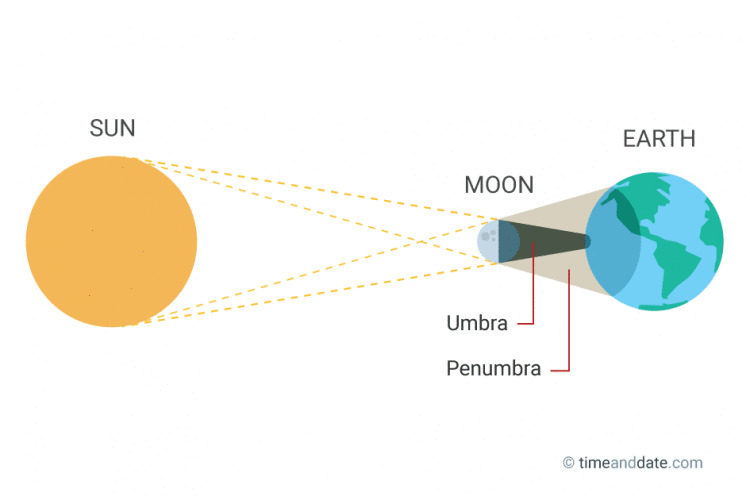How to watch the solar eclipse tonight
This year will prove fun for astronomers and star-gazers alike, as it'll bring both a solar eclipse and, in a couple weeks, a lunar eclipse. The solar eclipse is happening tonight, and you won't have to worry about weather blocking your view — the eclipse will mostly only be visible in Indonesia and to passengers on select commercial flights. Thanks to our increasingly connected world, though, you'll still have an option for watching the solar eclipse live as it happens no matter where you're located.
A solar eclipse, as you likely know, is when our moon passes between the Sun and our planet, throwing a shadow onto a part of Earth and, for a brief while, causing the day to go dark. In the case of today's solar eclipse, you'll need to be in certain parts of Southeast Asia if you want to see the event in person. Otherwise, you'll need to tune in this evening for a livestream of the eclipse. Curious about the eclipse's path? NASA has a very detailed map for your edification.

According to NASA's eclipse website, the March 9 total eclipse will be visible in Sumatra, Borneo, and Sulawesi, and will more generally be visible to varying degrees in parts of Australia, east Asia, and the pacific. The central duration will be 4 minutes and 9 seconds. If you're keen on seeing it live, you'll be able to check it out on NASA's NTV-1 public channel, and on Slooh.com's live public stream. You'll want to tune in at about 8:30PM EST.
View the public NASA TV channel here.
If you don't manage to catch this celestial event live, don't fret. Later this month on March 23, there will be a penumbral lunar eclipse visible to those located in Australia, Asia, parts of the Pacific, and the westernmost parts of the Americas. Yet another penumbral lunar eclipse will happen on September 16, the last for 2016, and it will be visible in the aforementioned regions, as well as parts of Europe.
If solar eclipses are more your style, there will be another solar eclipse on September 1st, the last of 2016; it will be the "annular type" and will be visible most in central Africa, Madagascar, and parts of the atlantic/indian oceans.
If you're located in the U.S., you'll have to wait until August 21, 2017 to see a solar eclipse in person — that total solar eclipse will last almost three minutes and will be available in the northern pacific, most of the United States, and parts of the south Atlantic, according to NASA.
